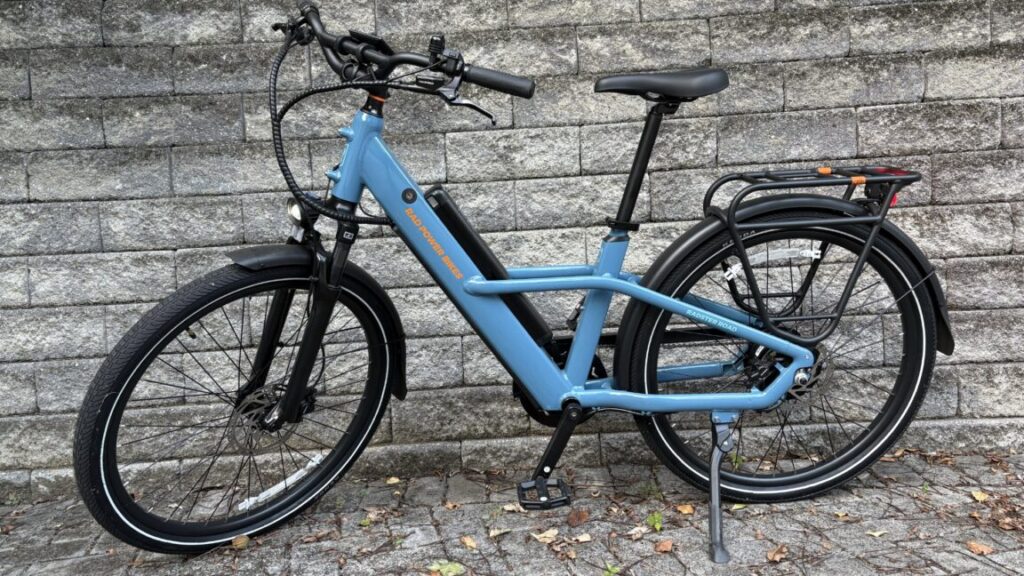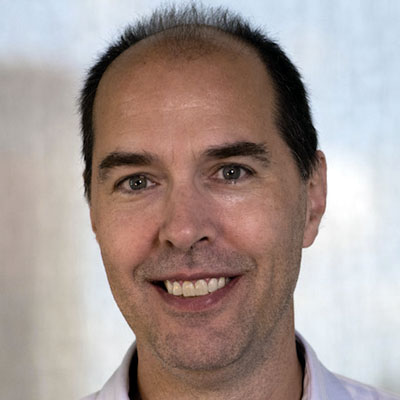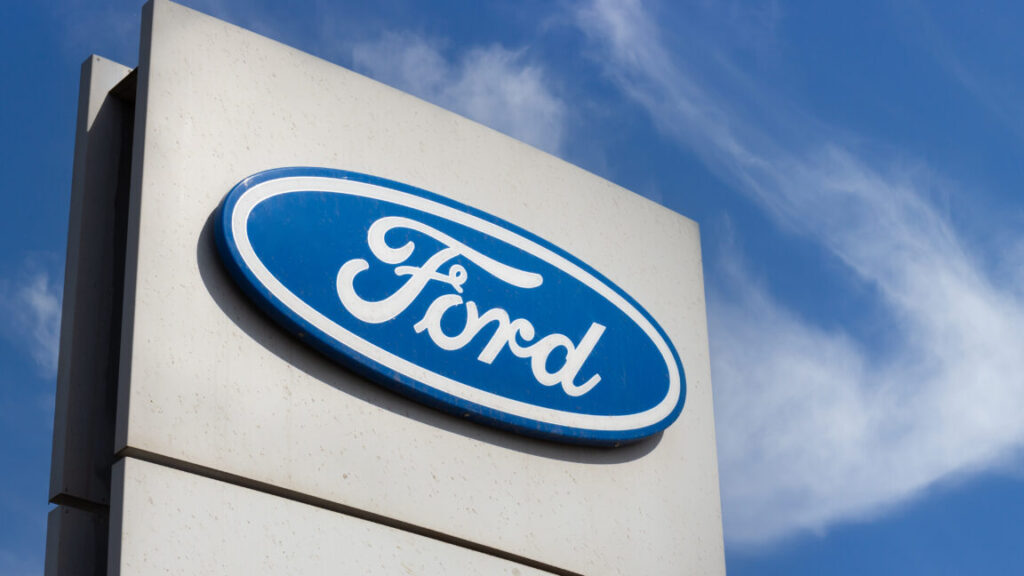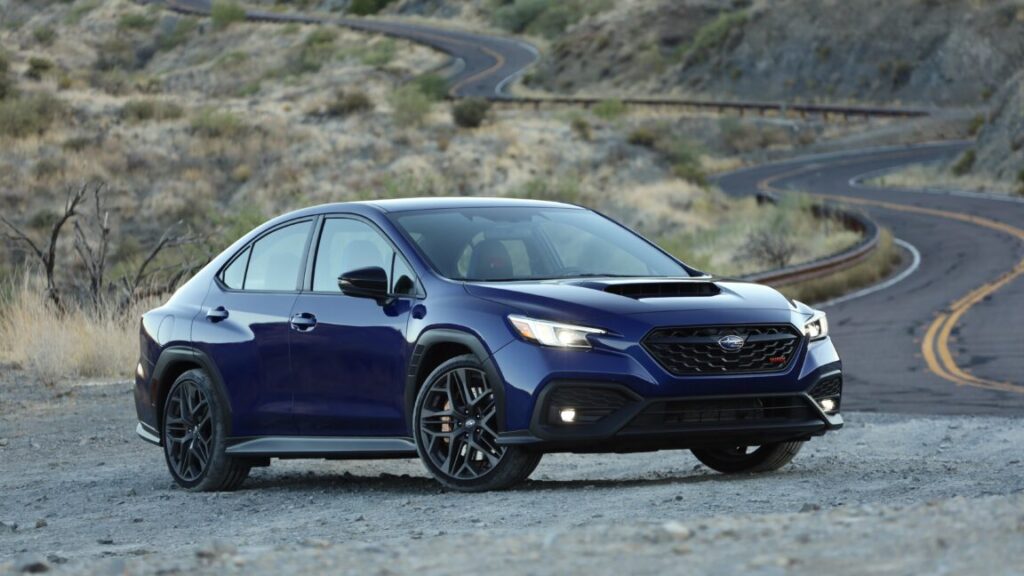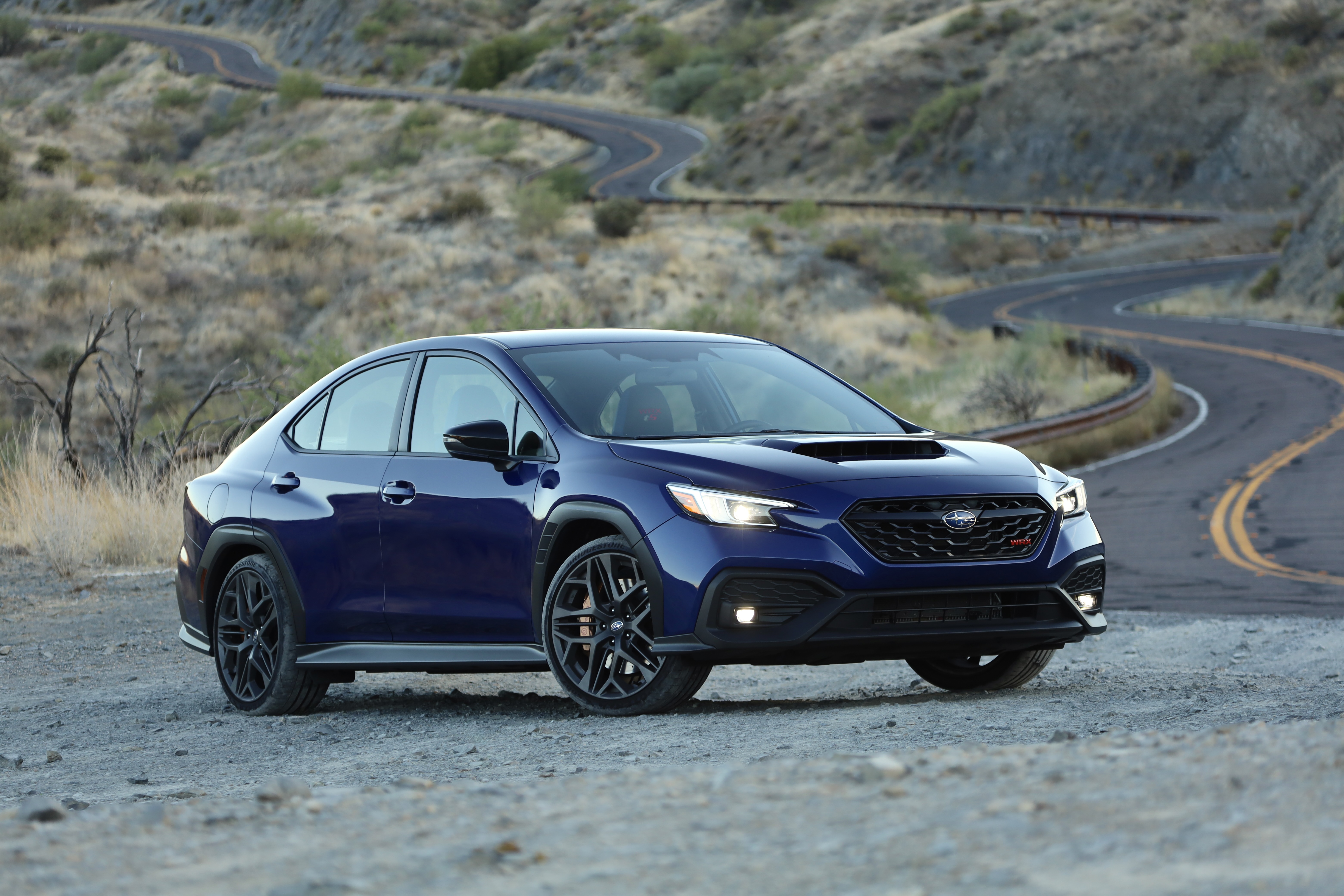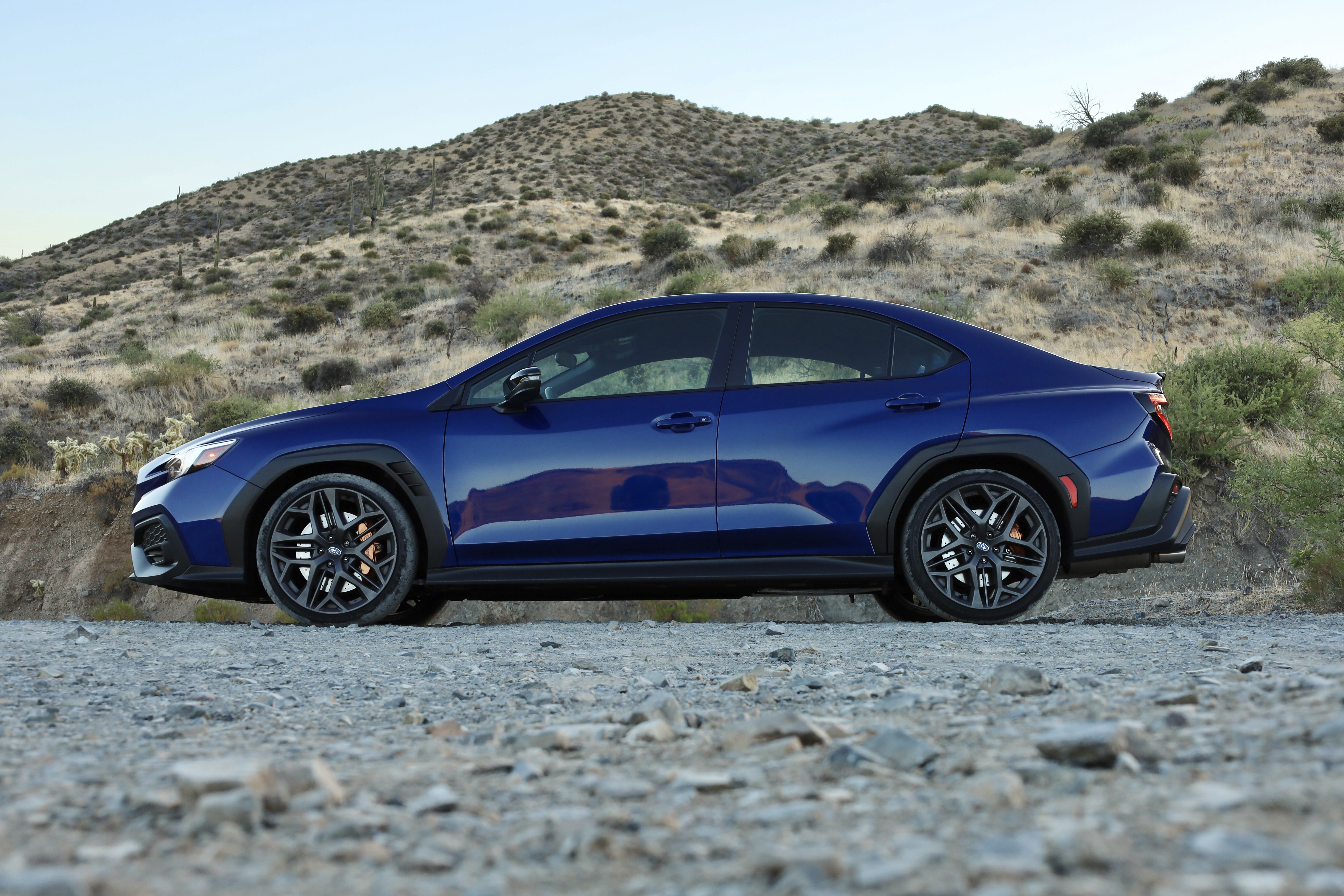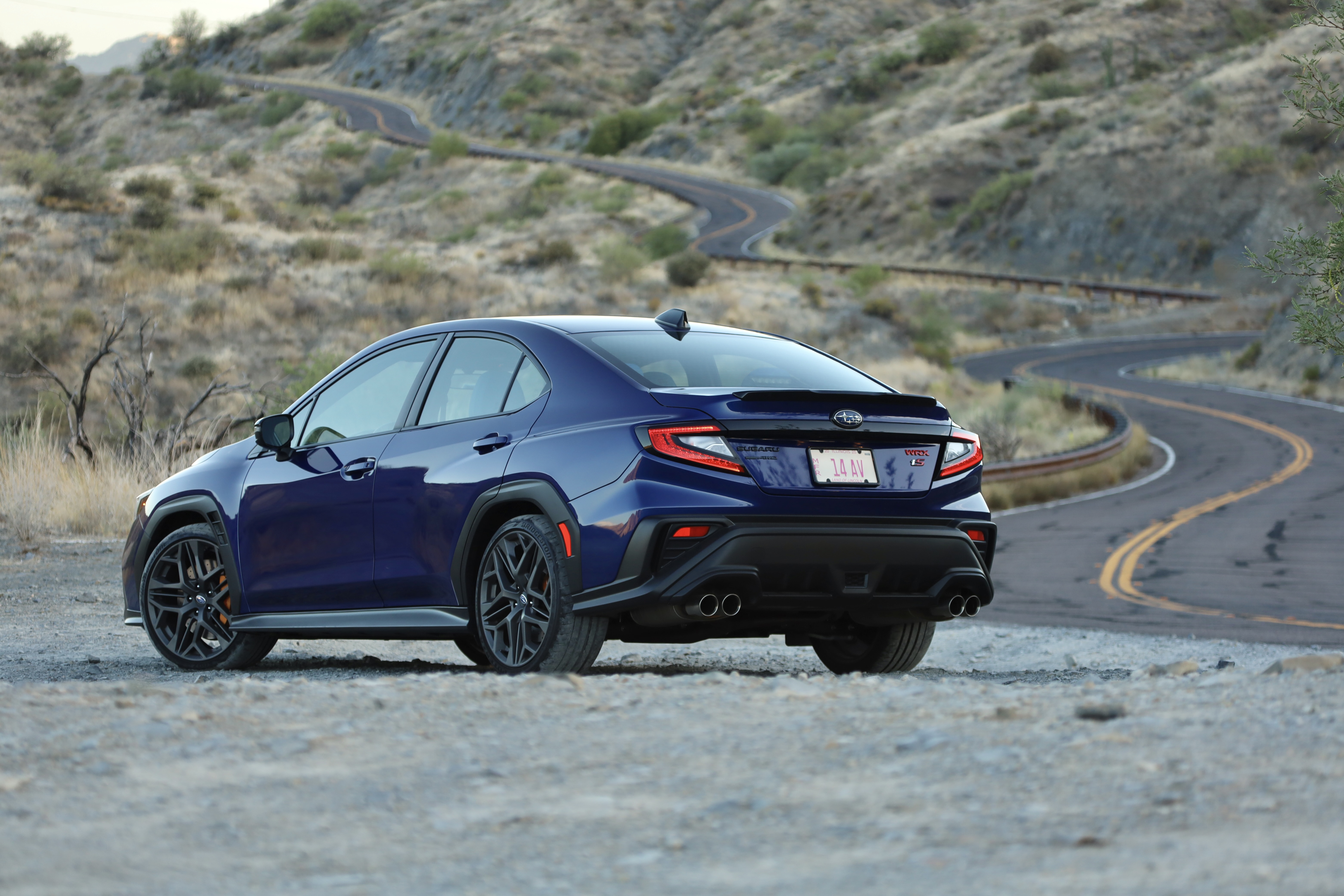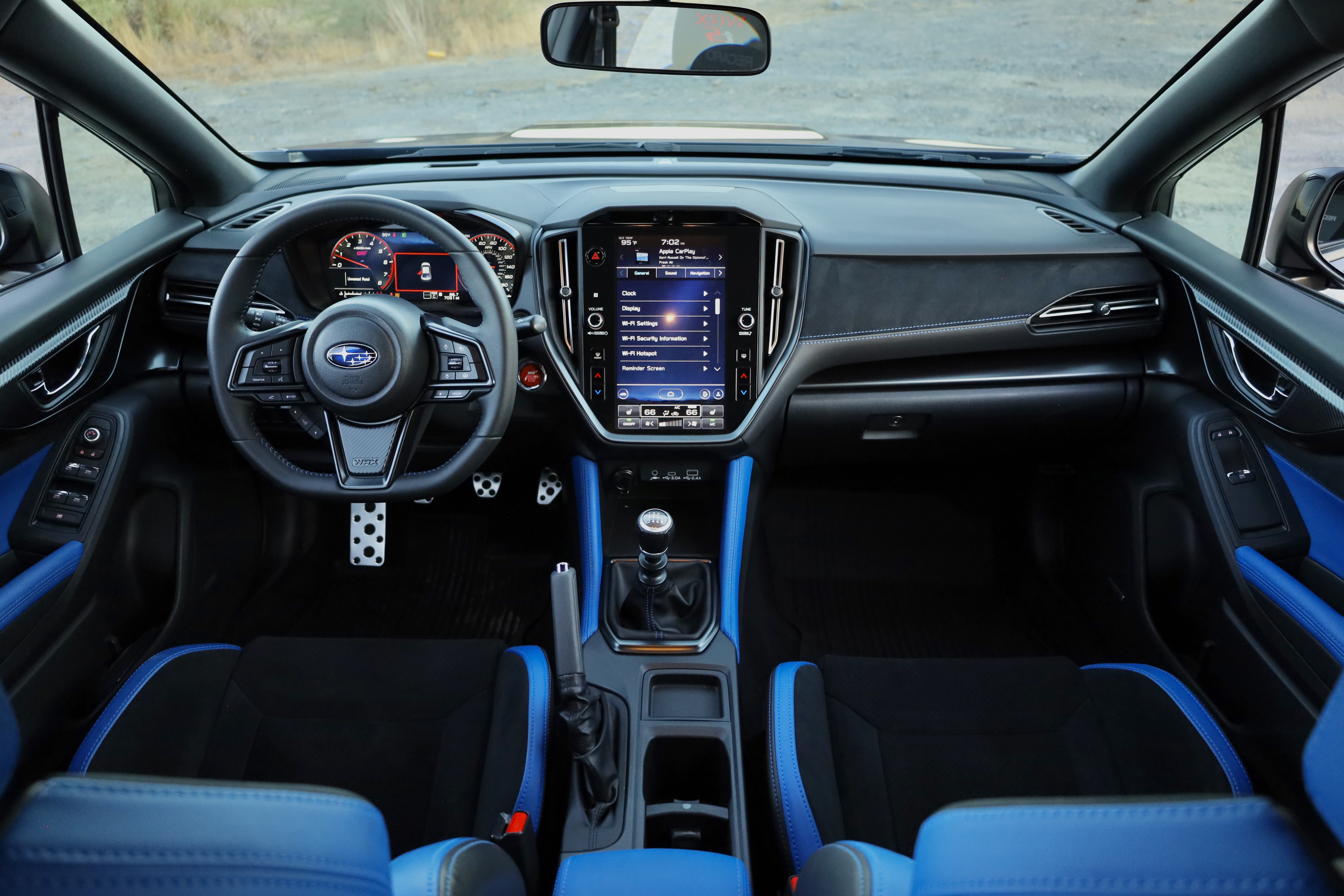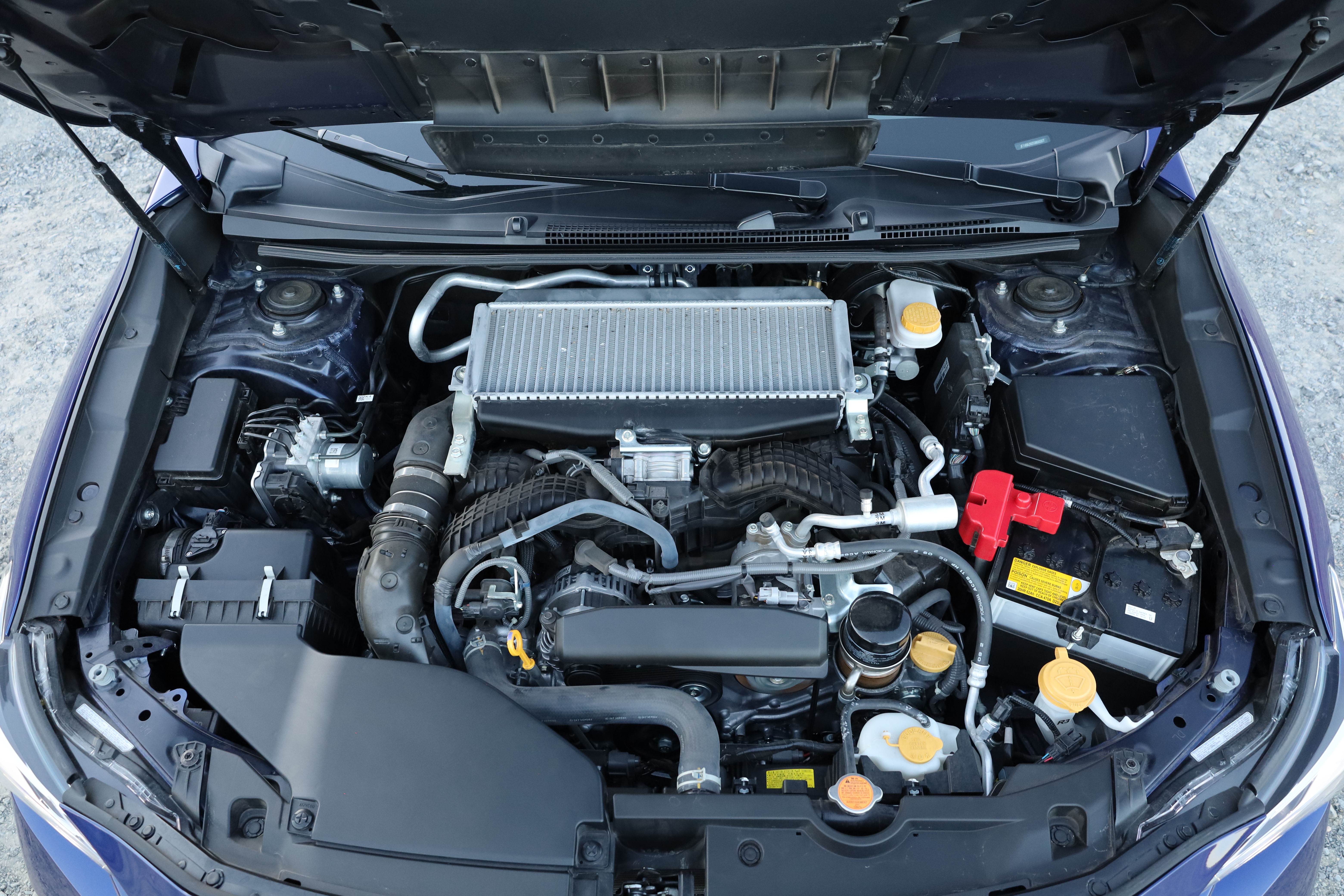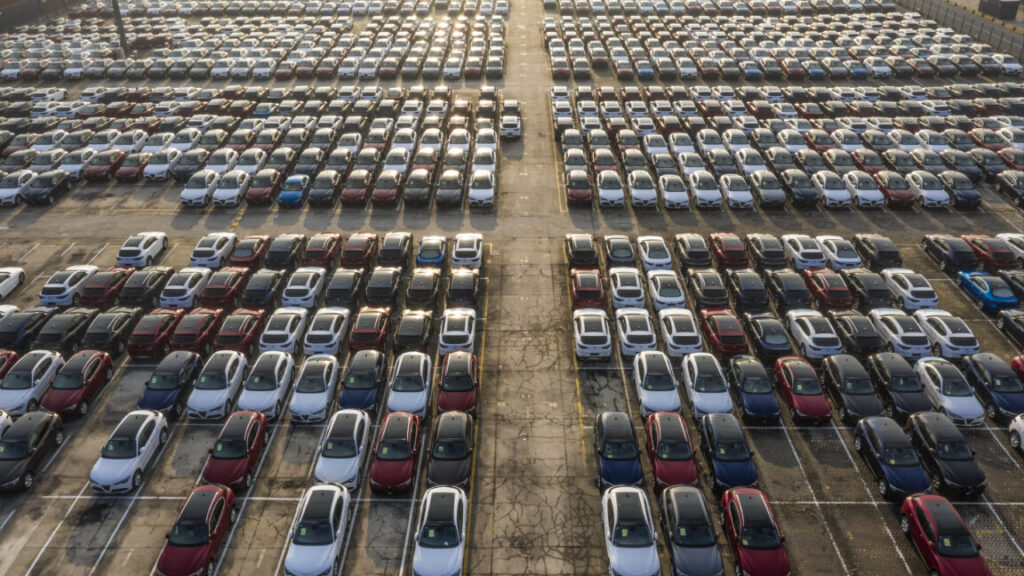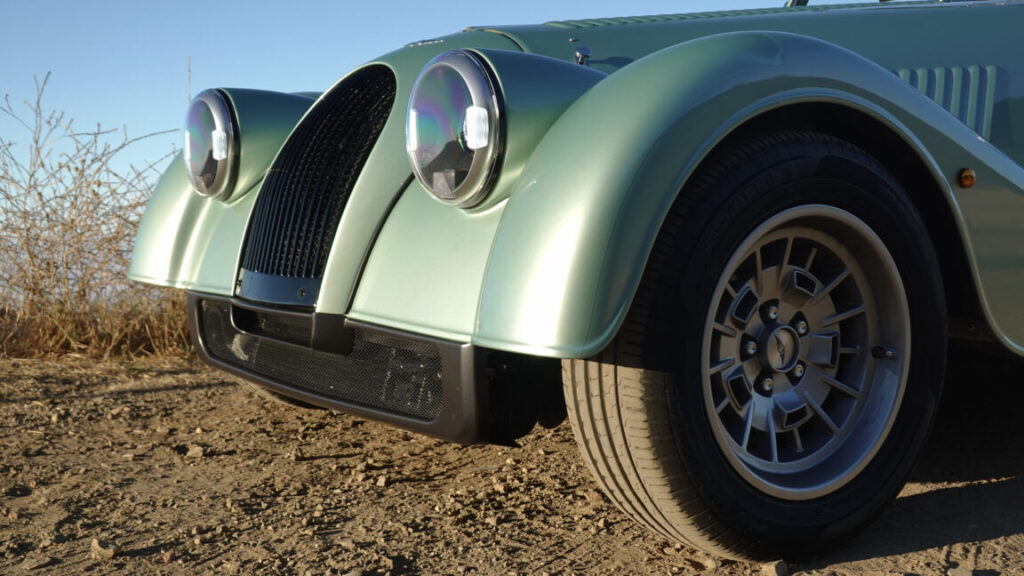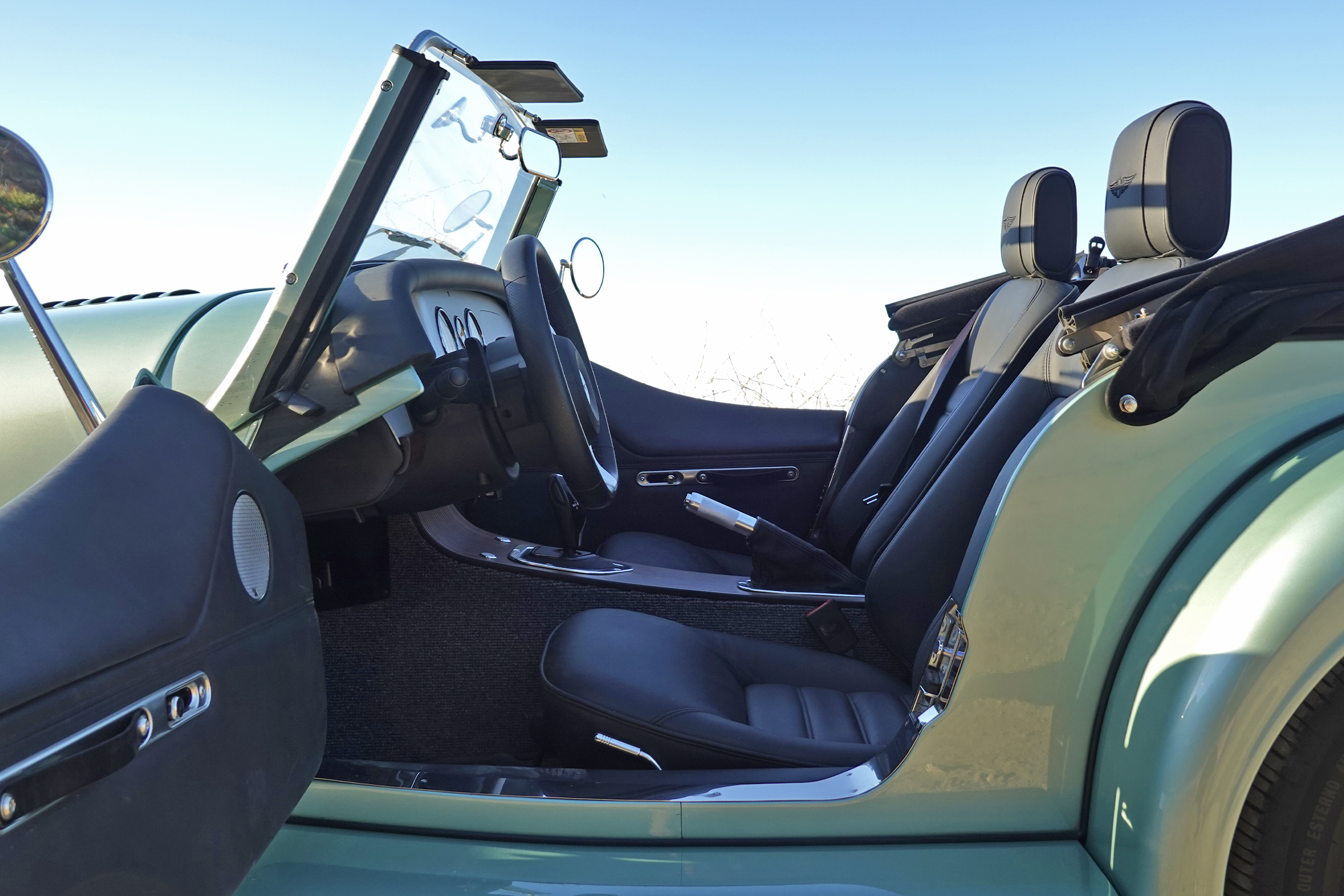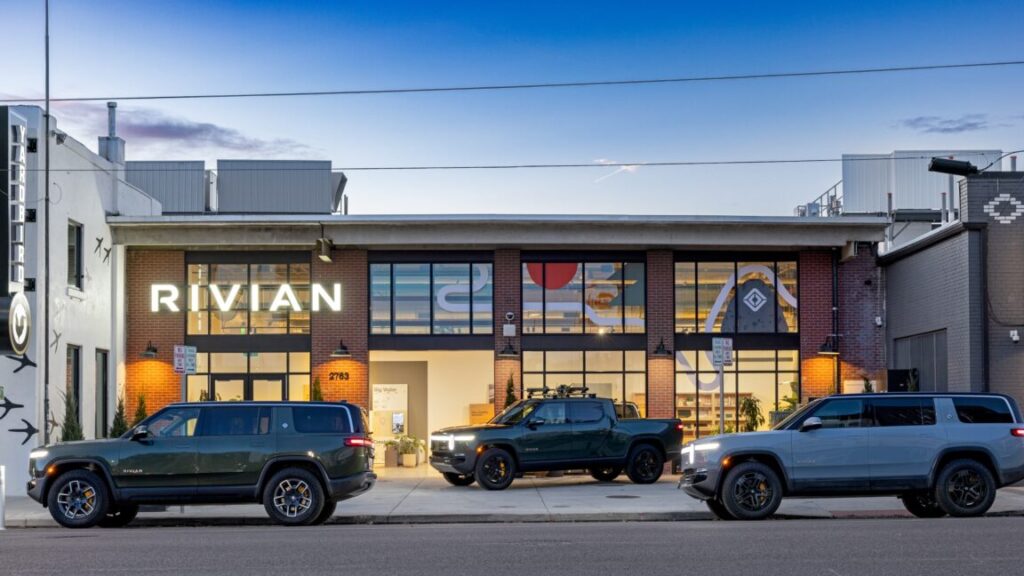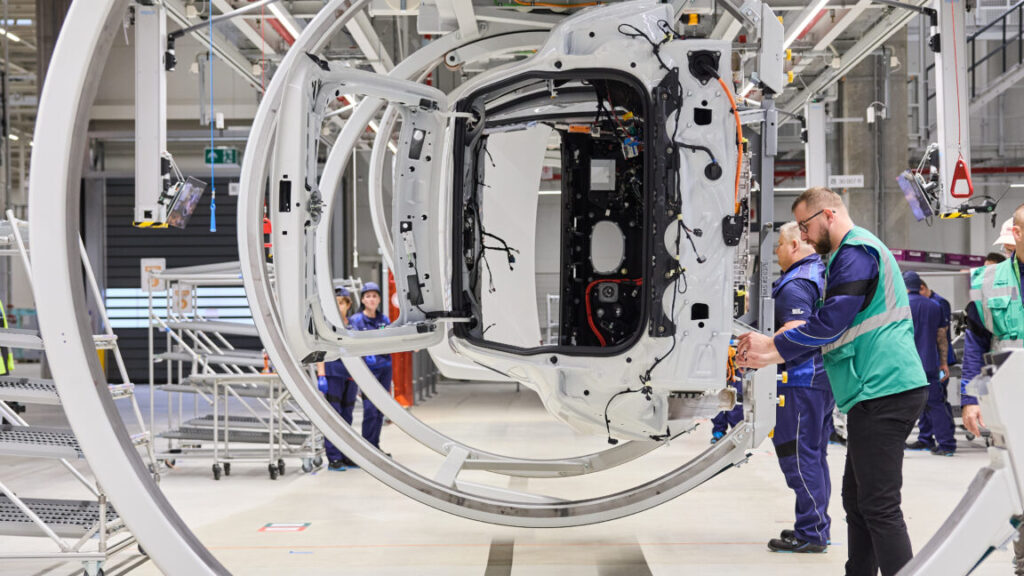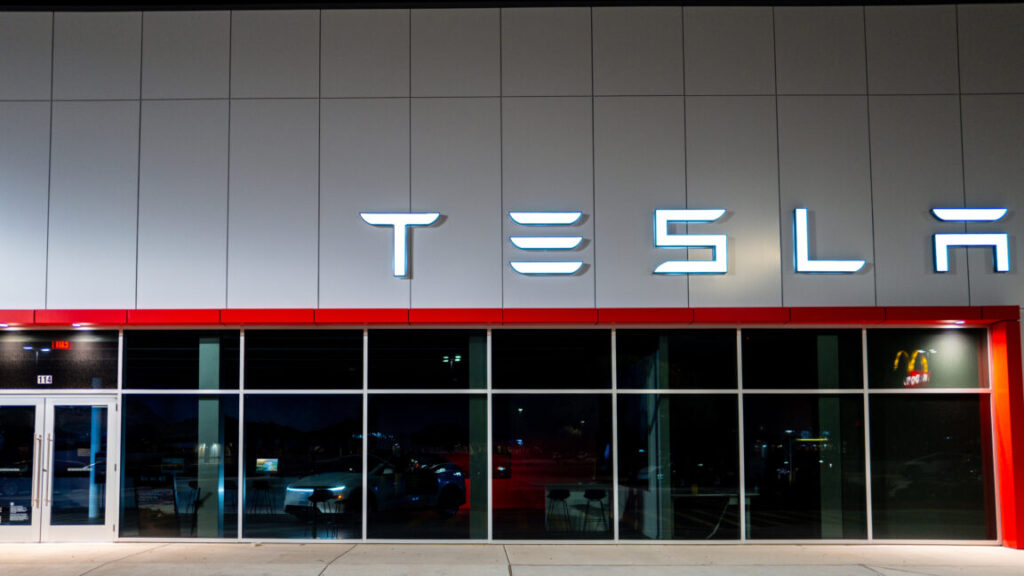Mercedes-Benz Vision V Concept: Is this the solution or a sideshow?
An orange tint of smoke in the air always contributes to dramatic lighting for sunrise photos in Los Angeles. But this early in the fire season, the coloring serves as an inescapable reminder of greenhouse gas emissions and the mobility solutions that might reduce or at least slightly mitigate the future of radical weather crises. It’s fitting, then, that a massive 75,000-acre fire burns in Santa Maria, in addition to a small brush fire on the 110 freeway less than a mile away as I visit the Elysian Park Helipad overlooking Dodger Stadium to check out Mercedes-Benz’s new Vision V concept van ahead of its American debut at Monterey Car Week.
The Vision V certainly looks like a concept car, with futuristic and swooping lines that somehow manage to make an otherwise utilitarian van shape at least somewhat stylish. Over 800 tiny light louvers spread across the grille and headlight bar at the front and the taillights at the rear, where a microscopic spoiler matches a chrome lower diffuser.
As usual with these design exercises, the Vision V sports huge wheels and low-profile tires, but a Benz rep on hand claimed that the final production design will strongly resemble this concept form. On a wheelbase of 139 inches (3,530 mm), the van measures 18 feet long by 82.7 inches wide and 74.5 inches tall (5,486×2,100×1,892 mm). Most of those dimensions will change by only fractions of inches, other than the height, which will grow about 3–4 inches taller (76–101 mm).
Expect the production Mercedes van to look quite a lot like this. Michael Teo Van Runkle
Still, expect short overhangs and big wheels, even if not quite the size of these absurdly chrome 24-inchers. Mercedes also confirmed vague powertrain details, including front-wheel drive and 4Matic variants—presumably single and dual-motor, though my question about a tri- or quad-motor à la the electric G-Wagen received a firm “no comment” in response. Similarly, no word on battery capacity other than a range target of 300 miles.
Mercedes-Benz Vision V Concept: Is this the solution or a sideshow? Read More »

